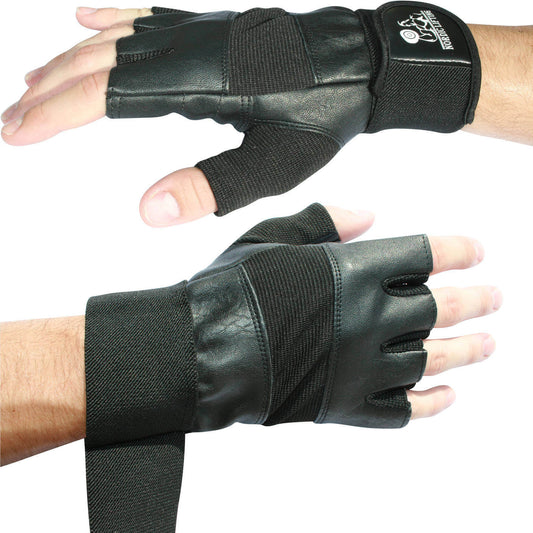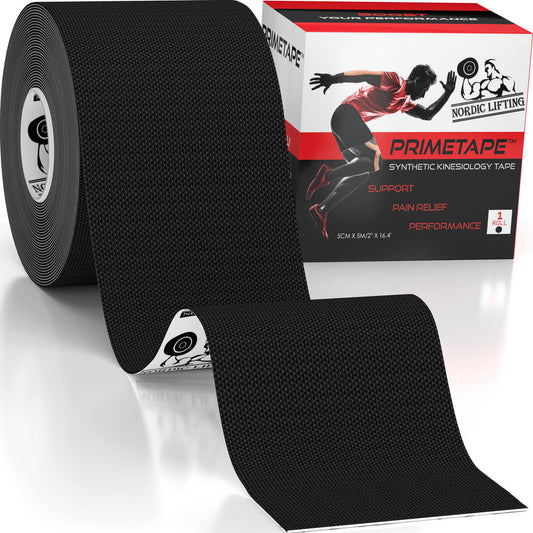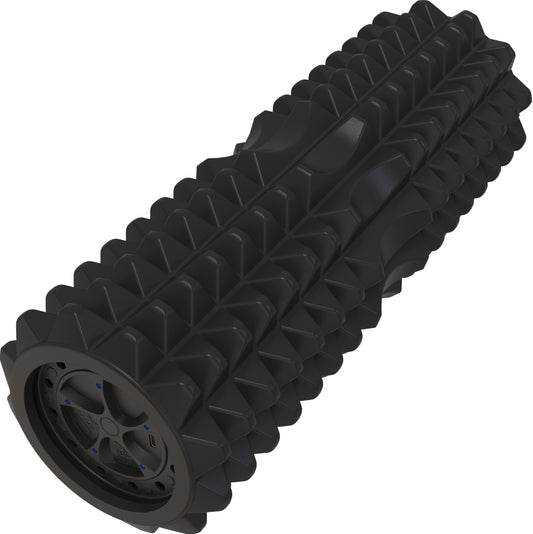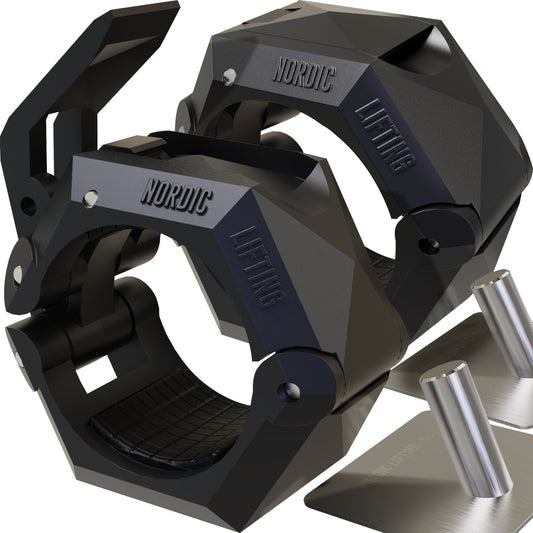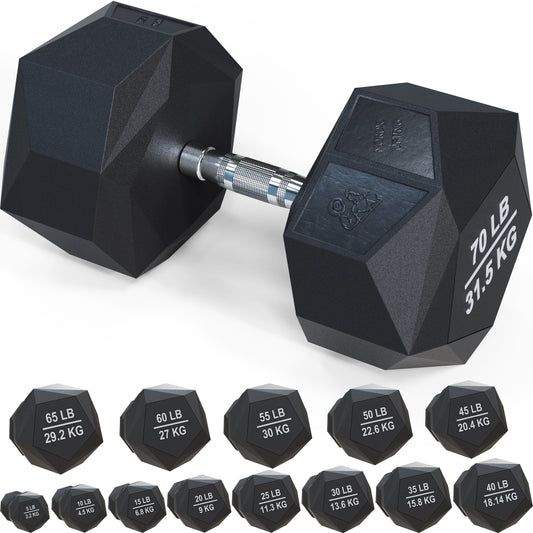Your lean muscle is your muscle, which helps you improve your physical performance and enhance your physical appearance in a way that makes you look fit but not too bulky like bodybuilders. If what you aim for is building strong and toned muscle, this is your game.
Building lean muscle is the process of increasing the size and strength of your muscles without adding too much body fat in the process. It may sound complicated, but with the right approach, a proper workout, and a balanced diet, you can achieve your perfect body fit.
Strength Training Role on Lean Muscle
Strength training is an excellent way to tone and build lean muscular mass. Developing lean muscle mass lowers body fat and mortality risk, increases bone density, and improves blood glucose control. You can incorporate strength training into your lifestyle by selecting the types of movements or workout methods that you like.
Strength training involves moving your body against resistance, such as:
- your body weight
- free weights, such as dumbbells or barbells
- Resistance bands, resistance tubing, or exercise bands
- Cable machines, single-exercise machines, and multi-gym systems are examples of resistance machines.
Strength Training for Lean Body
Strength exercises should be done a few times a week, if possible, when training to gain lean muscle mass. Adults should practice resistance or strength training two or more days a week along with aerobic activity, according to the latest Physical Activity Guidelines.
To grow and tone your muscles, try out these examples of strength training exercises. Perform 10 reps of each exercise for 4 sets. Do this 2 to 3 times per week, gradually increasing the weight as you gain muscle and the workout routine becomes less difficult.
Chest Press
Due to the several angles at which your shoulder can rotate, you have a variety of substitutes for training the various muscles in your upper body. This can help you maximize the activation of specific muscle mass.
- Begin on a bench with your back against it and holding a dumbbell in each hand at your chest.
- Straighten your arms and raise the weights to your chin.
- Return your arms to their initial positions.
Dumbbell Squat
Squats are a great exercise to use while trying to tone since they can be done in a variety of ways.
- Begin by standing with your feet slightly wider than hip-width apart and a dumbbell in each hand.
- Bend your knees until your thighs are parallel to the floor, or to the limit of your range of motion.
- Return to a standing position by driving through your heels.
Squat to overhead raise
This exercise targets not only your glutes and leg muscles but also your core, back, and shoulders, as well as your triceps.
- Stand with your feet slightly wider than your hips and your arms beside your torso.
- Lower your hips slowly into a squat stance.
- Return to a standing position by pressing up and raising your arms overhead.
- Return to your starting point.
Deadlift

When including deadlifts in your lean muscle and tone training, you will gain strength and power from both a standard and extreme deadlift.
- Begin with your feet hip-width apart and a dumbbell in each hand.
- Hinge forward at the hips with your knees slightly bent, trailing your legs down until you feel tightness in the back of your legs.
- Return to the starting position by driving your weight through your heels.
Biceps Curl
When toning the biceps, muscle lengthening is more effective for muscle growth than repetitive ones.
- Begin with your feet hip-width apart and a dumbbell in each hand at your sides.
- Bend your elbows and pull them up to your shoulders.
- Return your arms to the beginning position by straightening them.
5 Powerful Tips to Build Lean Muscle Fast
All forms of exercise burn calories, but some are more effective than others at helping you get leaner and gain muscle. Here are some quick tips to build stronger muscles in no time:

1. Burn calories by doing more cardio.
Muscle tissue burns more calories than fat tissue does, both during physical activity and at rest, despite the fact that the difference is not great. Increase your muscle mass if you want to burn more calories.
Cardio can help you enhance your cardiovascular system and burn fat, but it can also be damaging to muscle growth if done incorrectly.
2. Add extra protein to your diet.
What you eat is critical for gaining lean muscle mass. The ideal workout foods for muscle gain are high-protein foods like meat, fish, and dairy. Protein is a necessary building block for muscle growth and recovery. It also keeps you fuller for longer, which means you'll eat less and have fewer cravings.
3. Practice High-Intensity Interval Training (HIIT)
HIIT workouts are quicker than longer exercises like jogging, but data shows that they are better at reducing body fat and are the fastest way to burn calories. A HIIT workout typically lasts 10–30 minutes, which is far more enticing for many of us because fitting exercise into our busy lives may be difficult.
HIIT is incredibly effective, yet it may be extremely taxing on the body. In order to allow for a complete replenishment of energy reserves and the regeneration of damaged muscle tissue, it should only be done two to three times per week, with at least 48 hours between exercise sessions.
4. Drink more water.
Did you know that drinking water can help you lose weight as it suppresses your hunger, increases calorie expenditure, and promotes fat burning? In comparison to other workout drinks, such as energy drinks, water contains no sugar.
When you drink water, your body has the ability to clear out toxins and excess water weight quicker. Drinking water can also help you avoid overeating because hunger and thirst get confused. As a general rule, drink half an ounce to one ounce per pound of body weight. If you weigh 150 pounds, for example, you should drink 75-150 ounces of water every day.
5. Reduce your intake of highly processed foods.
Reduce your intake of highly processed foods if you want to get lean. Highly processed foods can be heavy in calories, contributing to weight gain while offering little nutritional value. The calories, sugars, fiber, fat, and carbs in the ultraprocessed and less processed meals were the same.
Vegetables, fruits, whole grains, and fat-free or low-fat dairy products are all part of a balanced diet. Lean meats, poultry, fish, beans, eggs, and nuts are also included. Saturated and trans fats, salt, and added sugars are all restricted in a balanced diet. It also stresses consuming foods that have been minimally processed.
Key Takeaway
Lean muscle has many benefits, like higher metabolism and insulin sensitivity, as well as enhanced immunity, bone strength, and mental health. These benefits are not limited to fitness; they are available to anyone willing to put in the effort.
With consistency and a proper diet that includes all of the required proteins and nutrients, your body can adapt to rapid changes as it becomes leaner and stronger.
If you're serious about rapidly increasing your lean muscle mass, professional assistance is likely required, especially if you have health concerns that require consideration in your active lifestyle.
FAQs
- Is it possible to maintain lean muscle as I age?
Yes, regular strength training and a protein-rich diet can help preserve lean muscle mass as you age.
- Are there any health benefits associated with having more lean muscle?
Having more lean muscle can improve insulin sensitivity, bone health, and overall physical function.
- Can I lose lean muscle if I don't use it?
Yes, if you don't engage in regular physical activity and maintain a proper diet, you may lose lean muscle over time.
- Is it possible to overtrain and hinder lean muscle development?
Yes, overtraining can lead to muscle fatigue and injury and hinder lean muscle growth. Rest and recovery are crucial.
- Is it safe to build lean muscle while following a vegetarian or vegan diet?
Yes, it's possible to build lean muscle on a vegetarian or vegan diet by focusing on plant-based protein sources and proper nutrition planning.








